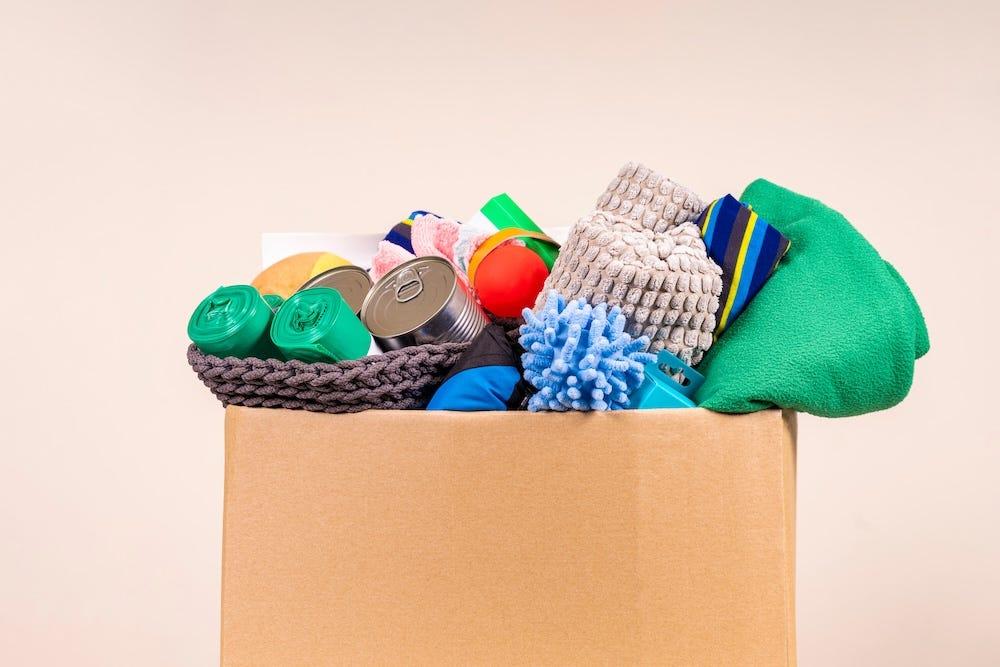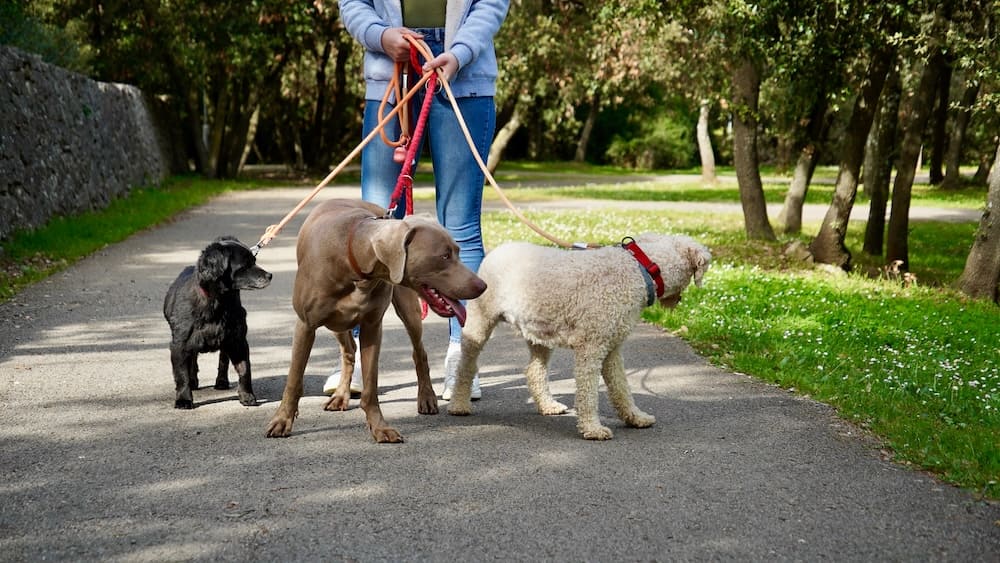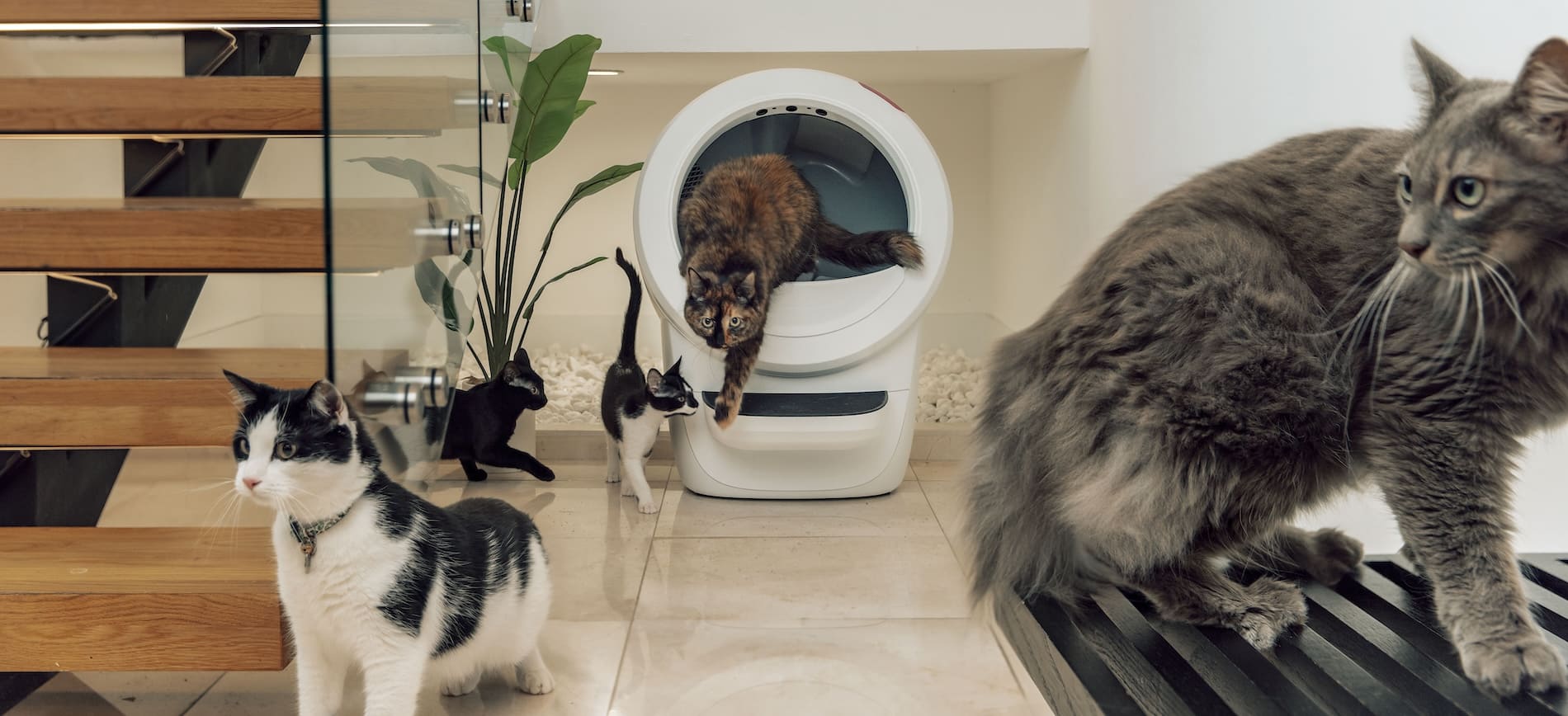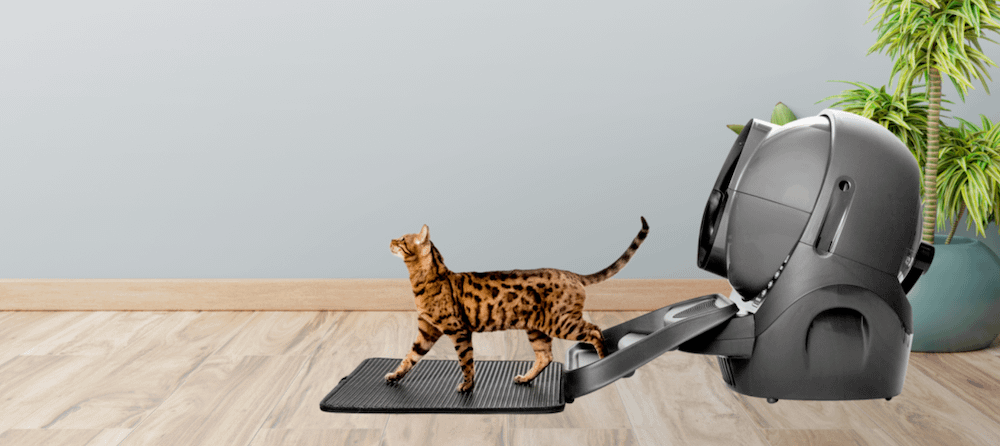Now that you have a house sitter lined up to care for your pet while you're away, how do you get ready for your pet's staycation?
Organize what needs to be done into three areas: getting your pet ready, getting your house ready, and creating a guidebook for your pet's house sitter. Accomplishing everything should take no more than two or three hours.
Have fun with it! Set your timer, keep a notepad and pen handy, and get it done!
Pet supplies checklist

Set your timer for 15 minutes—this step shouldn't take long. Put on some fun music and start gathering all of your pet's supplies! The goal is to have everything your sitter might need for your pet all in one spot. You'll want to collect:
- Food
- Treats
- Medicines
- Collars
- Harnesses
- Leashes
- Toys
- Litter box
- Cat litter
- Anything else your pet needs or loves (like a shirt that smells like you).
For any items that you can't place in the pile yet, write it on a piece of paper and add it to the pile; before you leave, review the pile, and swap the real things for your notes.
Double check that you have enough of any consumable items. Do you have enough food, treats, medicine, litter, etc. for the duration of your trip? If not, add it to your to-do list. If you can't get more of something before you go, leave money and instructions for the sitter to purchase it.
If you've been procrastinating on pet maintenance like nail trims, vet visits, etc., make an appointment and get it out of the way before you leave. It won't be on your mind while you're away, and it won't cause any problems for your sitter.
Getting ready for the house sitter
Each of us has a technique for getting ready for an overnight guest. Maybe you dash and stash; that is, dash around the house, throwing things in a bag, and then stash the bag in a closet. Or, perhaps you do the minimum and simply make sure there's enough toilet paper and soap.
Preparing your home for your pet sitter

For your pet's house sitter, you'll want to make the house welcoming and safe. Here are some ideas to get your started:
- Sleeping arrangements. Choose where the sitter will sleep. Put out a pillow, clean sheets, and pillow case.
- Bathroom. Which bathroom will they use? Clean it, stock it, and provide fresh towels.
- Access keys. Arrange access. Get passwords and pass cards for the sitter.
Don't forget to notify neighbors and close friends that someone is staying at your house. Share phone numbers in case of emergencies.
Pet sitter instructions

Compiling information about your pet and home in a binder or folder is a terrific way to help ensure a successful house-sitting experience. It also becomes a useful resource for your household in general.
You can put in as much time and creativity as you like. Some people use a three-ring binder, others use a pocket folder, or you can print and staple together your notes. Here's what to put in your house sitter guidebook (and feel free to add more):
- Contact information: Provide your contact details, including phone number(s), email address, and any alternate contact person if you'll be unreachable.
- Emergency contacts: Provide the contact information for your veterinarian, nearby emergency veterinary clinic, and a trusted friend or family member who can assist in case of an emergency.
- House rules: When is garbage day, how does the thermostat work, where is the internet router, are there alligators in the pond behind the house? Clearly outline any rules or restrictions in your house, such as areas that are off-limits or specific instructions regarding utilities, appliances, or security.
- Behavioral notes: Inform the pet sitter about your pets' behavior, habits, likes, and dislikes. Include any triggers for anxiety or aggression, as well as strategies for calming them down.
- Health and medication: Provide information about any medical conditions, allergies, or medications your pets have. Include detailed instructions on administering medications if necessary.
- Feeding instructions: Clearly label and provide the types of food, treats, and feeding amounts for each pet. Include any dietary restrictions or preferences.
- Cleaning instructions: If the pet sitter will take care of your cat, ensure that the litter box will stay clean even during your absence as a dirty litter can lead to your cat peeing outside the litter box. Ensure your pet sitter will scoop the litter box at least once a day. The conversation might go better if you already have a self-cleaning litter box.
- Safety precautions: Highlight any hazards in the house or neighborhood, such as toxic plants, open windows, or busy roads.
- Security measures: Instruct the pet sitter on how to secure your home, including locking doors and windows, setting alarms, and handling deliveries.
- Updates: Specify how often you'd like to receive updates about your pets and what information you'd like included in these updates (e.g., photos, videos, behavior observations).
House-sitting gifts
To make the sitter feel appreciated, why not do something special? House-sitting gift ideas include:
- Snacks and chocolate in a basket
- Gift card to a local grocery store or coffee shop
- Container full of trial-size products in the bathroom
If there is a room the sitter won't be using, just shut the door—no elaborate cleanup necessary! Remember, your home does not have to be perfect. Set your timer and keep moving!
If you’ve followed along, you are ready for your pet's house sitter. They will appreciate the effort you’ve made as a pet parent, and they will be prepared to provide a successful staycation for your pet!




